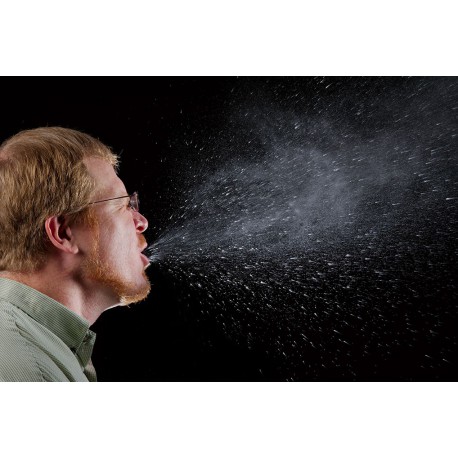 View larger
View larger
Plague Fighters!
New activity
Children trace the spread of disease through a paper tracking system, and learn how viruses spread.
Open Activity
-
Rating
-
Participants Enjoyed the ActivityParticipants Learned from This ActivityActivity Instructions Were Clear and Easy to FollowWould Recommend
Related Programming Resources
Reviews
Straightforward & easy to execute.
This activity is straightforward, but does rely on some higher reasoning skills which our Story Time kiddos (aged everywhere from 2 to 5) certainly possess but require some prompting and extra time to process. It’s also not an exceptionally “flashy” activity, by which I mean it’s not packed full of the interactives which make for an easy fit in Makerspace programming. I would certainly pair this activity up with a hands-on craft, whether using Play-Doh or paper plates or paint or whatever else. “The Plague Fighters” will exercise the brain, and it does have a small hands-on component, but it benefits from that pairing with something creative and exciting. I imagine it’s a perfect fit for school classrooms where a) the kids involved are old enough to understand the rules of the telephone game, and b) there are quite a few participants. Any fewer than ten participants and the whispering part of this activity will be over too soon for it to make much sense.
The activity itself is easy to run. Grab a whole bunch of envelopes. Place white strips in all of the envelopes save three (or one, in really small groups). The envelopes with white strips are uninfected with Ebola (or an equivalent plague). The envelopes with green strips are infected. With a stopwatch, you let the kids loose to whisper what color of strips are in their envelopes (without showing them to each other) to each other. After sixty seconds (or fewer for really small groups), you stop the clock and ask those who had a green strip or heard someone else say that they had a green strip to sit down. The longer you let the clock run, the more children who will sit down. You then can run additional heats, with those who overheard green in previous rounds now infected and whispering green themselves. These heats demonstrate the hyperbolic spread of plagues within previously uninfected populations.
There’s a written component to this activity, which clearly indicates that it is geared toward school-aged children. It’s fairly complicated, even for younger students, so it might be worth enlisting one or two older helpers to assist in facilitating this aspect of the activity.
I also recommend holding this activity outside. The more room the kids have to spread out, the more a sixty-second timed heat makes sense. Otherwise, if kids are trapped in a twenty-by-twenty foot room, every kid will hear “green” within that time period. I could see this translating easily into a game like freeze tag, but I haven’t had a chance to test that idea out yet. Many thanks to PBS and NOVA Teachers for a thought-provoking activity!



